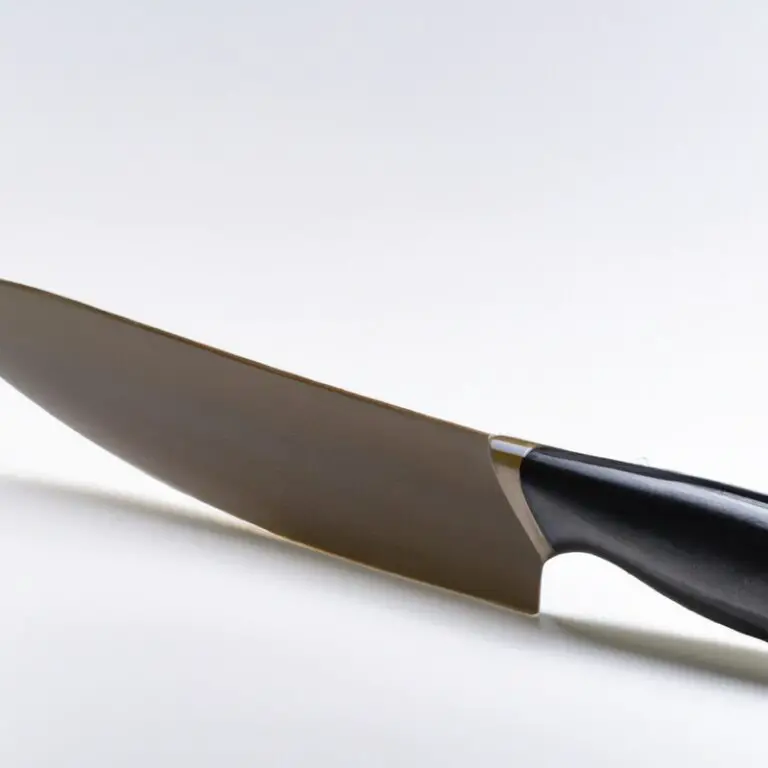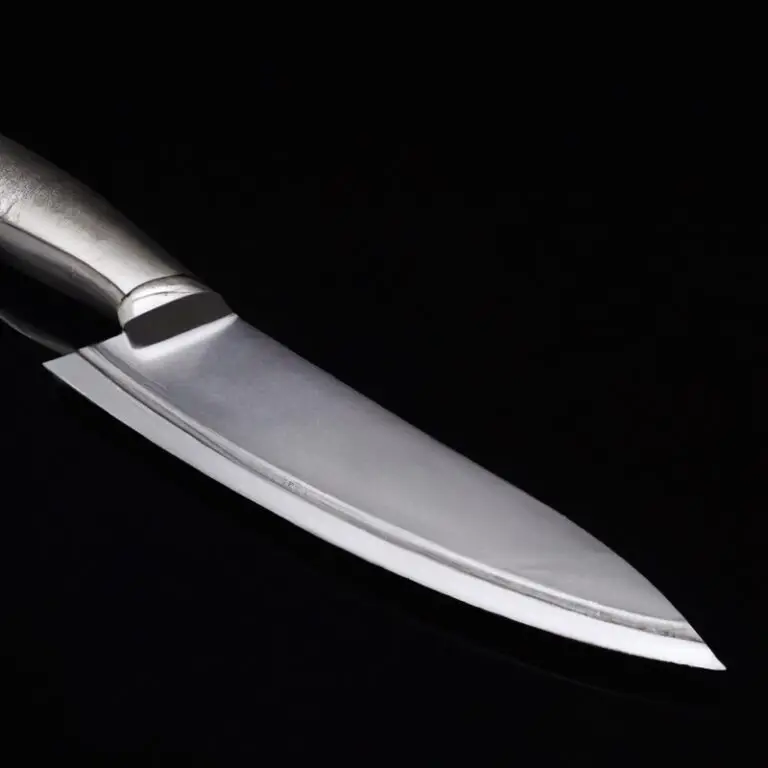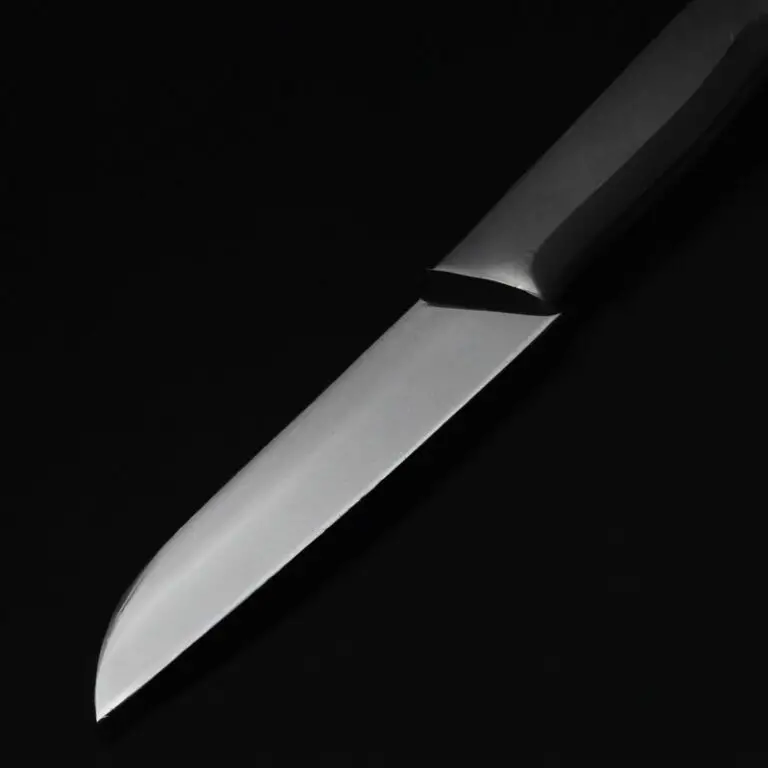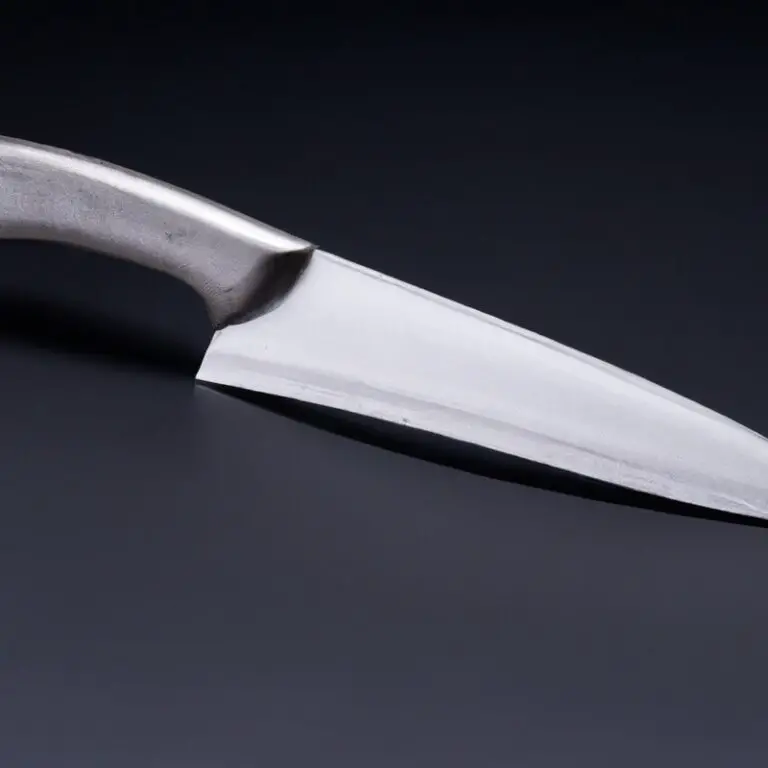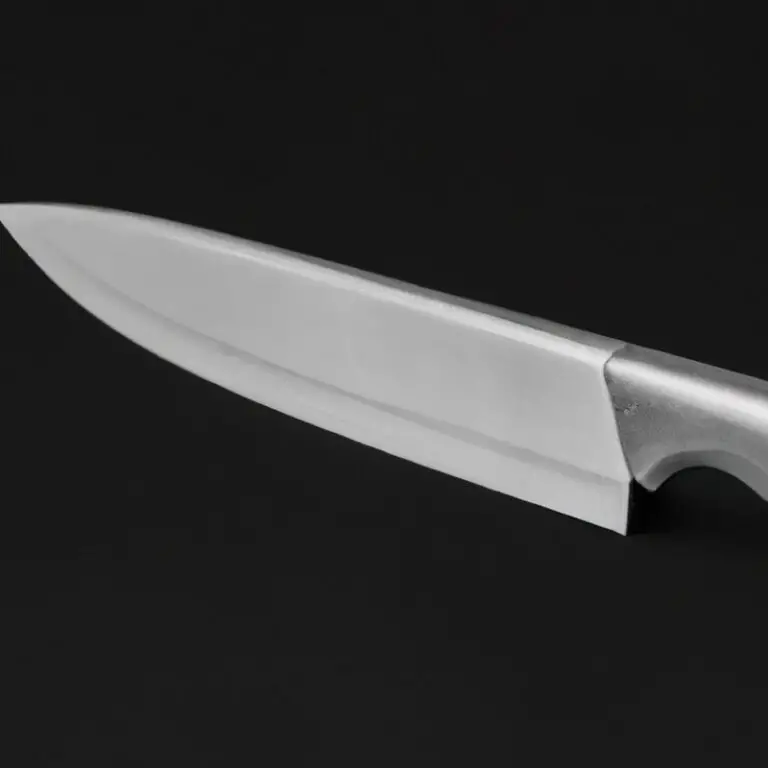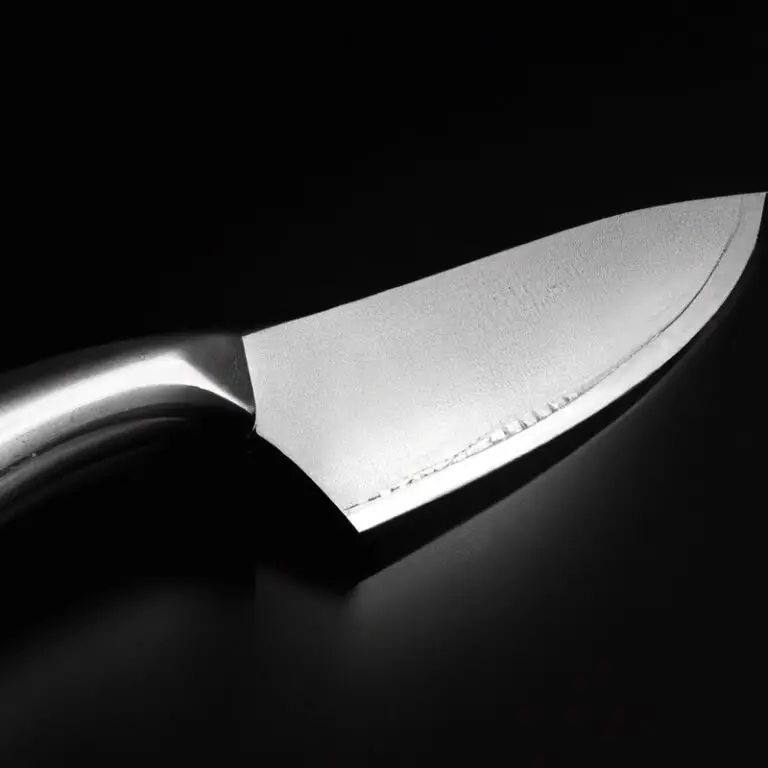How To Store a Santoku Knife In a Storage Block For Safekeeping
Key Takeaways:
- Always clean and dry your Santoku knife before storage to prevent rust and corrosion.
- Store your Santoku knife in a designated storage block to protect the blade and prevent accidents.
- Consider investing in a magnetic knife block for a space-saving and stylish storage solution.
- Regularly inspect and maintain your storage block to ensure a safe and organized kitchen.
Santoku knives are a prized possession in any kitchen for their versatility and precision in cutting. However, improper storage can lead to dulling and even damages to the blade.
This is where a storage block comes in.
But with so many options available, how do you choose the right one? In this article, I’ll share my expertise on the materials, shapes, and sizes of Santoku knives, and guide you through the process of selecting the best storage block for your needs.
I’ll also cover cleaning, drying, and correctly placing your Santoku knife in the block, as well as tips for organizing your knife collection and traveling with your prized possession.
| Steps | Instructions |
|---|---|
| Step 1 | Make sure the blade is clean and dry before storing. |
| Step 2 | Insert the blade of the Santoku knife into the designated slot in the storage block. |
| Step 3 | Make sure the blade is fully seated in the slot to prevent it from falling out. |
| Step 4 | Repeat steps 2 and 3 for any additional Santoku knives. |
| Step 5 | Place the storage block in a dry and ventilated area, away from direct sunlight. |
| Step 6 | Periodically clean the storage block, removing any dust or debris that may accumulate. |
| Step 7 | Occasionally sharpen the blade of the Santoku knife to maintain its edge. |
Understanding the Santoku knife: Materials, shape, and size
The Santoku knife is a versatile kitchen knife that originated in Japan. It has a blade length ranging from 5 to 7 inches and is wide and flat, with a straight edge and a pointed tip.
Unlike the traditional Western chef’s knife, the Santoku knife is lightweight and does not have a long bolster or heel.
The blade of the Santoku knife is typically made from high-carbon stainless steel or Damascus steel, which ensures durability and sharpness. The handle is usually made from wooden materials like rosewood, ebony wood, or micarta, which are durable and resistant to moisture.
The size and shape of the Santoku knife make it perfect for cutting, slicing, and chopping a variety of foods, including meat, vegetables, and fish.
When choosing a Santoku knife, it is important to pick one that fits comfortably in your hand and has a weight and balance suitable for your needs. The blade should be sharp, have a good edge retention, and be easy to maintain.
Understanding the materials, shape, and size of the Santoku knife is essential for anyone wishing to store and maintain their knife properly.
Why a storage block is the best option for Santoku knives
A storage block is the best option for Santoku knives for several reasons. Firstly, it protects the blade from getting damaged when stored with other utensils.
Secondly, it keeps the knife safely secured in an upright position, preventing it from dulling or chipping.
Additionally, a storage block allows easy access to the knife when needed without having to rummage through a drawer or cluttered countertop. Another advantage is that it allows for the storage of multiple knives in one place, making it a space-saving option.
Overall, a storage block provides a clean, organized, and safe solution for storing Santoku knives.
Choosing the right storage block for your Santoku knife
Choosing the right storage block for your Santoku knife is crucial for protecting its edge and ensuring its longevity. When selecting a storage block, consider the following factors: Size: The storage block should be able to fit the blade length of your Santoku knife without being too loose or too tight.
Material: Opt for a storage block made from wood, bamboo, or other natural materials.
These materials absorb any moisture and prevent it from building up on the blade. Slots: Ensure that the storage block has individual slots for each knife to prevent blades from rubbing against each other and causing damage.
Style: Choose a storage block that matches your kitchen’s décor and complements your Santoku knife’s design.
Capacity: Consider your collection of Santoku knives and buy a storage block with enough slots to accommodate all the knives. Remember to clean and dry your Santoku knife thoroughly before storing it in the block, and periodically maintain the block by wiping it down with a damp cloth and drying it thoroughly.
A well-chosen and well-maintained storage block will ensure your Santoku knife stays sharp and protected for years to come.
Cleaning and drying your Santoku knife before storage
Cleaning and drying your Santoku knife before storage is essential to maintain its sharpness and prolong its lifespan. Here are some steps you should follow:
- Rinse the knife blade with warm water and use a soft sponge to remove any food particles or debris.
- If necessary, use a mild dish soap and a soft sponge to clean the blade thoroughly.
- Rinse the blade with warm water to remove any soap residue.
- Dry the blade with a clean, dry dish towel. Make sure the blade is completely dry before storing it.
- Store the knife in a dry place, away from moisture and humidity.
- Avoid putting the knife in the dishwasher, as the harsh detergents and high heat can damage the blade and handle.
By following these simple steps, you can ensure that your Santoku knife stays in great condition for years to come.
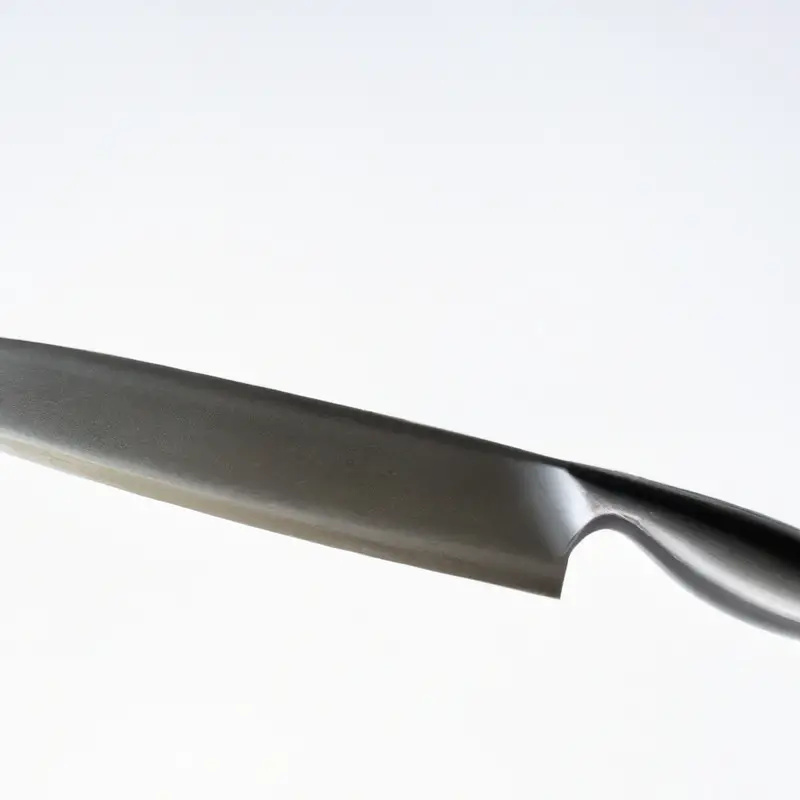
Correctly placing the Santoku knife in the storage block
When placing your Santoku knife in the storage block, it’s essential to ensure that the blade is facing downwards to prevent any accidental cuts. The blade should rest snugly in the designated slot to prevent any movement and potential damage to the blade.
It’s vital to take your time when placing the knife in the storage block to prevent any scratches or damage to the blade.
Remember to place your knife in a clean and dry storage block to avoid rust and bacterial growth. By correctly placing your Santoku knife in the storage block, you’ll not only prolong the life of your knife but also promote safety in the kitchen.
Maintaining the storage block for durability and longevity
To maintain the durability and longevity of your storage block, it’s important to keep it clean and free from moisture. Avoid placing the block near a water source or in direct sunlight.
Wipe off any excess moisture or debris that may accumulate on the block, and clean it with a gentle soap and water solution when necessary.
Additionally, be sure to regularly oil the block with a food-safe oil to prevent it from drying out. With proper maintenance, your storage block should last for many years and provide safe and secure storage for your Santoku knives.
How to organize a collection of Santoku knives in a storage block
To organize a collection of Santoku knives in a storage block, start by arranging your knives in order of size. Ensure that the blades are placed facing down into the slots.
To avoid damaging the knife’s blade, make sure that the blades don’t touch each other.
Additionally, ensure that the knives are evenly spaced in the block to maximize storage capacity. If your storage block has a specific slot for a honing steel, place it in the designated space.
Regularly inspect the storage block for any signs of wear and tear, and if any components are worn or damaged, repair or replace them immediately.
By properly organizing your Santoku knife collection in a storage block, you’ll ensure that your knives stay in excellent condition and easily accessible.
The benefits of using a storage block for Santoku knives over other storage options
A storage block is the best option for storing Santoku knives for several reasons. Firstly, it keeps the knives organized and easily accessible, making them more convenient to use.
Secondly, it protects the sharp edge of the blades from damage caused by contact with other utensils.
Thirdly, it reduces the risk of injury by keeping the sharp blades safely tucked away in their own slots. Finally, a storage block extends the lifespan of the knives as it maintains their sharpness for a much longer period.
Therefore, investing in a storage block is an excellent way to ensure the longevity and optimal performance of your Santoku knives.
Traveling with a Santoku knife – best practices for storage on the go
When traveling with a Santoku knife, it’s important to ensure proper storage to avoid damage and injury. Here are some best practices for storage on the go:
- Use a protective sheath or blade guard to cover the blade.
- Wrap the protected blade in a towel or small cloth to prevent jostling or scratching in transit.
- Ensure the wrapped knife is placed securely in your luggage, preferably in a padded section.
- Avoid packing the knife in checked luggage to prevent loss or theft.
By following these simple practices, you can travel with your Santoku knife safely and securely.
How to troubleshoot common issues with Santoku knife storage blocks
One common issue with Santoku knife storage blocks is that the knives can become loose and wobbly. To troubleshoot this problem, ensure that the knife block has a snug fit for your Santoku knives.
If the knives are still loose, consider using a small piece of non-slip material, such as silicone, to add grip to the slots.
Another issue is that the slots of the storage block can become dirty and difficult to clean. To solve this problem, use a small brush or toothbrush to clean the slots regularly.
Alternatively, consider purchasing a knife block with removable slots that can be easily cleaned.
Over time, knife storage blocks can also become scratched or damaged. To maintain the longevity of your storage block, avoid placing it in direct sunlight or near a heat source.
Additionally, consider using a protective cover over the block to prevent accidental damage.
Finally, if you notice your knives are not as sharp as they used to be, it may be time for a sharpening. Keeping your Santoku knives sharp not only makes them more effective in the kitchen, but also helps prevent damage to your storage block.
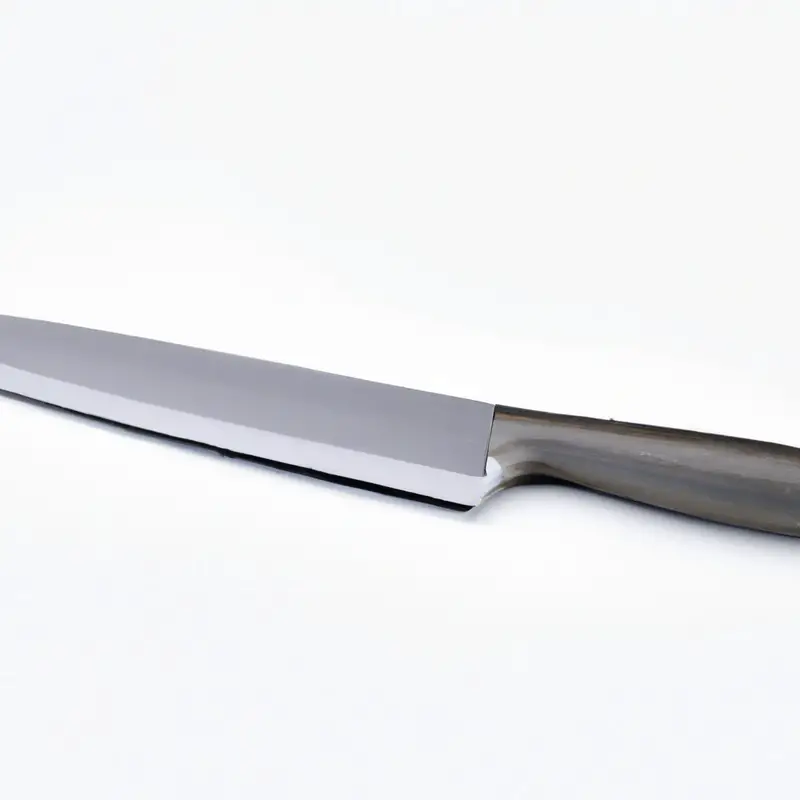
Final Verdict
Storing your Santoku knife in a storage block is the best way to ensure its longevity and keep it safe. By following the tips and guidelines outlined in this article, you can maintain the sharpness and quality of your knife for years to come.
Remember to choose a storage block that fits your needs and preferences, and to properly clean and dry your knife before placing it in the block.
Keeping your storage block well-maintained is also crucial for its durability and longevity. With these practical takeaways, you can confidently organize and store your collection of Santoku knives in a storage block, whether at home or on the go.
By implementing these best practices and troubleshooting any issues that arise, you can ensure that your Santoku knife remains a reliable and indispensable tool in your kitchen.


